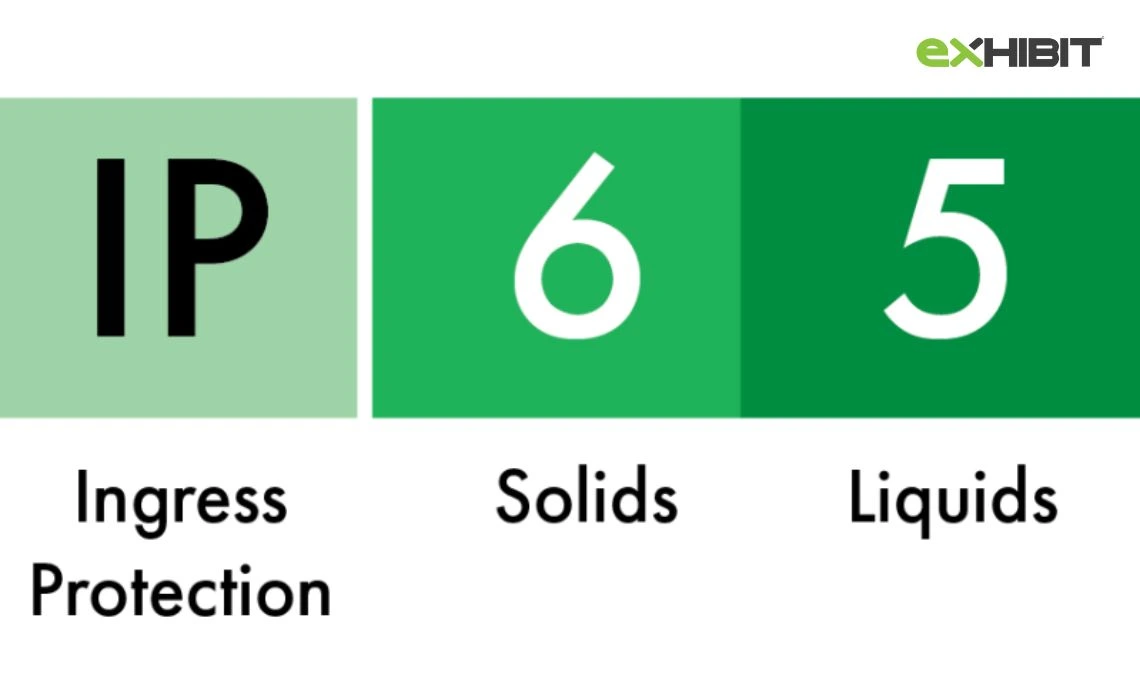
Ever wondered what those “IP67” or “IP68” labels mean on your smartphone, smartwatch, or other electronic devices? These numbers indicate the Ingress Protection (IP) rating, which tells you how well a device is protected against dust and water. Understanding IP ratings can help you choose gadgets that fit your lifestyle, especially if you’re looking for durability.
What is an IP Rating?
IP rating stands for Ingress Protection rating, a standard set by the International Electrotechnical Commission (IEC). It classifies how well a device’s enclosure can resist solid objects like dust and liquids like water.
Every IP rating consists of two numbers:
- The first digit represents protection against solid particles (like dust and dirt).
- The second digit represents protection against liquids (like water and moisture).
For example, in IP68, the “6” means it’s fully dustproof, and the “8” means it can handle water immersion beyond 1 meter.
Check out the YouTube Short: IP Ratings Explained and What Do They Mean?
Breaking Down the IP Rating Numbers
First Digit: Protection Against Solids
| Digit | Protection Level | What It Means |
| 0 | No protection | Not protected against dust or objects |
| 1 | Large objects | Protects against hands or large objects |
| 2 | Medium objects | Protects against fingers or small tools |
| 3 | Small objects | Protects against wires or small tools |
| 4 | Fine particles | Protects against most wires and screws |
| 5 | Dust-protected | Some dust may enter but won’t affect performance |
| 6 | Dust-tight | Completely protected against dust |
Second Digit: Protection Against Liquids
| Digit | Protection Level | What It Means |
| 0 | No protection | No water protection |
| 1 | Dripping water | Protects against vertical water drops |
| 2 | Angled dripping water | Protects against water dripping at a 15° angle |
| 3 | Water spray | Protects against water sprayed at a 60° angle |
| 4 | Water splashes | Protects against splashes from all directions |
| 5 | Water jets | Can handle low-pressure water jets |
| 6 | Powerful water jets | Can handle strong water jets |
| 7 | Immersion up to 1m | Can be submerged in water up to 1 meter for 30 minutes |
| 8 | Immersion beyond 1m | Can be submerged deeper than 1 meter for extended periods |
| 9K | High-pressure water | Can withstand high-pressure, high-temperature water jets |
Why Are IP Ratings Important?
Knowing the IP rating of a device helps you make an informed purchase based on your needs.
- For smartphones and smartwatches – If you want to use your device in the rain or near water, look for IP67 or IP68 ratings.
- For outdoor speakers and earphones – Devices with IPX5 or higher can handle water splashes and light rain.
- For industrial equipment – High IP ratings (IP65 or more) are necessary for machinery used in harsh environments.
Common IP Ratings Explained
- IP67 – Fully dustproof and can survive immersion in water up to 1 meter for 30 minutes.
- IP68 – Completely dustproof and can withstand deeper water immersion beyond 1 meter.
- IPX4 – Resistant to water splashes from any direction, commonly found in sports earphones.
- IPX7 – Can handle temporary water immersion, often seen in fitness trackers and wireless earbuds.
Limitations of IP Ratings
While IP ratings indicate strong protection, they don’t mean a device is 100% waterproof or indestructible. Over time, seals and gaskets may wear out, reducing water resistance. Additionally, saltwater and high-pressure water jets can still damage most devices, even if they have a high IP rating.

